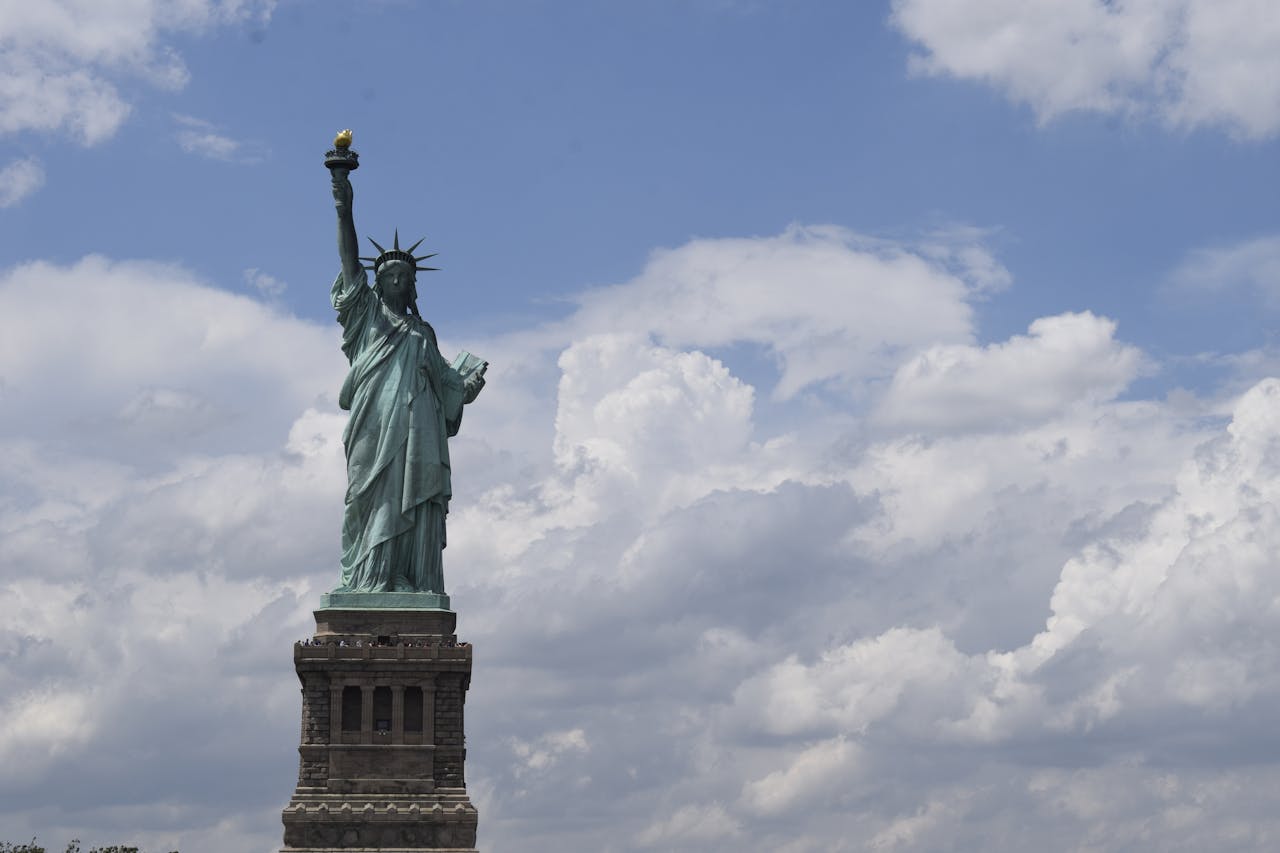American identity often looks homegrown at first glance, stitched from monuments, roadside meals, and movie scenes that feel uniquely national. Look closer, and familiar icons reveal passports stamped elsewhere before being welcomed, reworked, and claimed as symbols of pride. That journey from foreign origin to everyday ritual is not a flaw but the core of the story, showing how the country turns borrowed ideas into something enduring, emotional, and unmistakably its own. Origins rarely stay in one place, or one flag.
Statue Of Liberty

The statue rising above New York Harbor was imagined in France as a gift honoring shared republican ideals and the centennial of independence. Designed by Bartholdi with engineering by Eiffel, it crossed the Atlantic in pieces before being assembled on Bedloe Island. Over time, the figure that began as French diplomacy became the unofficial greeter for immigrants, activists, and dreamers who treated her torch as a living promise, not just a landmark.
Apple Pie

Apple pie feels like small town parades and kitchen windows, yet its recipes trace back to medieval England and Europe, where spiced apple pastries were already loved. Colonists brought those ideas, then rebuilt them with New World ingredients and cheaper sugar. By the 20th century, advertisers, soldiers, and songwriters had welded pie to comfort, patriotism, and homecomings, until a borrowed dessert stood in as proof of loyalty, memory, and everyday prosperity.
Denim Jeans
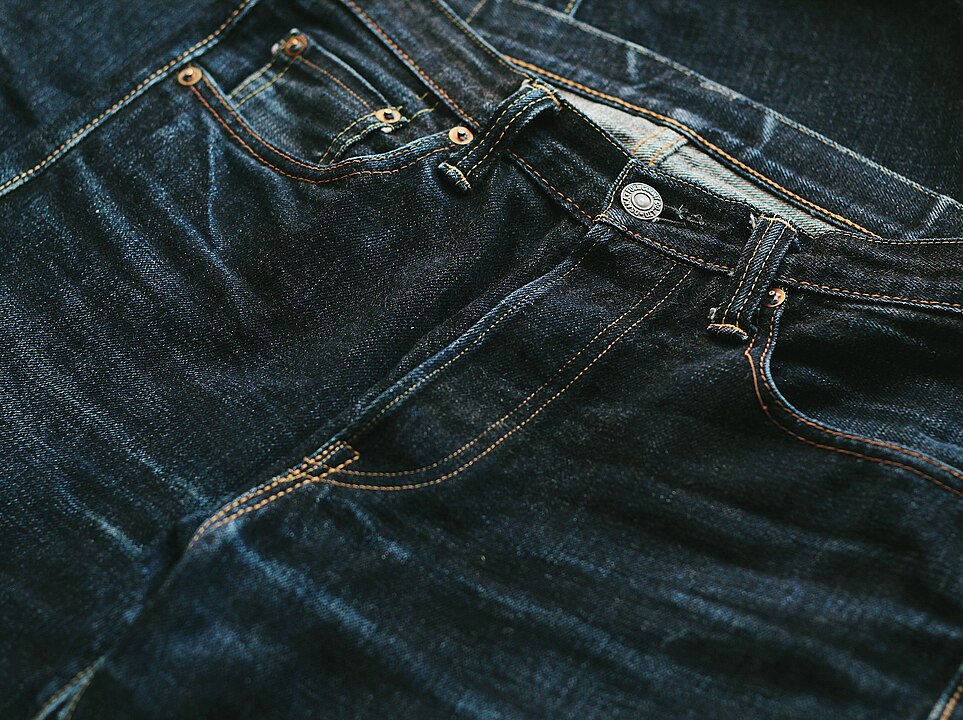
Denim jeans started with sturdy fabrics from Genoa and Nimes, long before they reached gold fields and rail lines of the American West. Levi Strauss and Jacob Davis turned that cloth into riveted work pants for miners who needed durability more than style. Then actors, musicians, and students adopted jeans as shorthand for rebellion, youth, and ease. A European textile, repurposed on rough worksites, quietly became one of the strongest symbols of American life.
The Cowboy
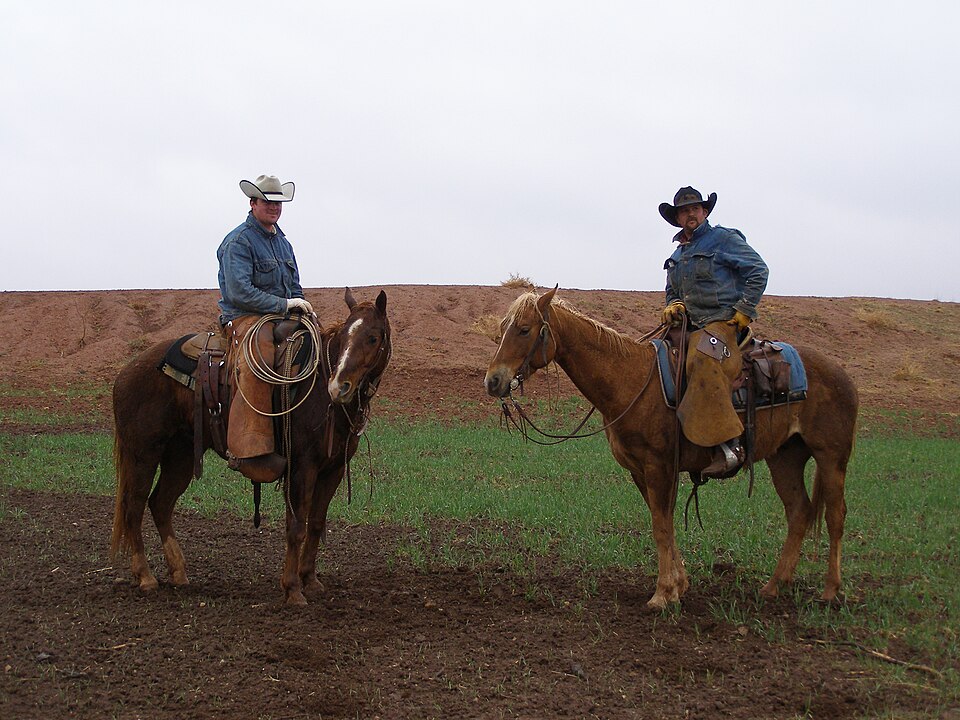
The cowboy legend leans heavily on the older vaquero traditions of Spain and Mexico, where techniques for roping, branding, and riding were perfected. Saddles, hats, chaps, and much of the vocabulary came north with skilled horsemen working borderlands ranches. Later, dime novels and Hollywood narrowed that multicultural reality into a solitary American hero. The silhouette stayed, even as the deeper story still belongs to blended cultures riding the same open country.
The Hot Dog
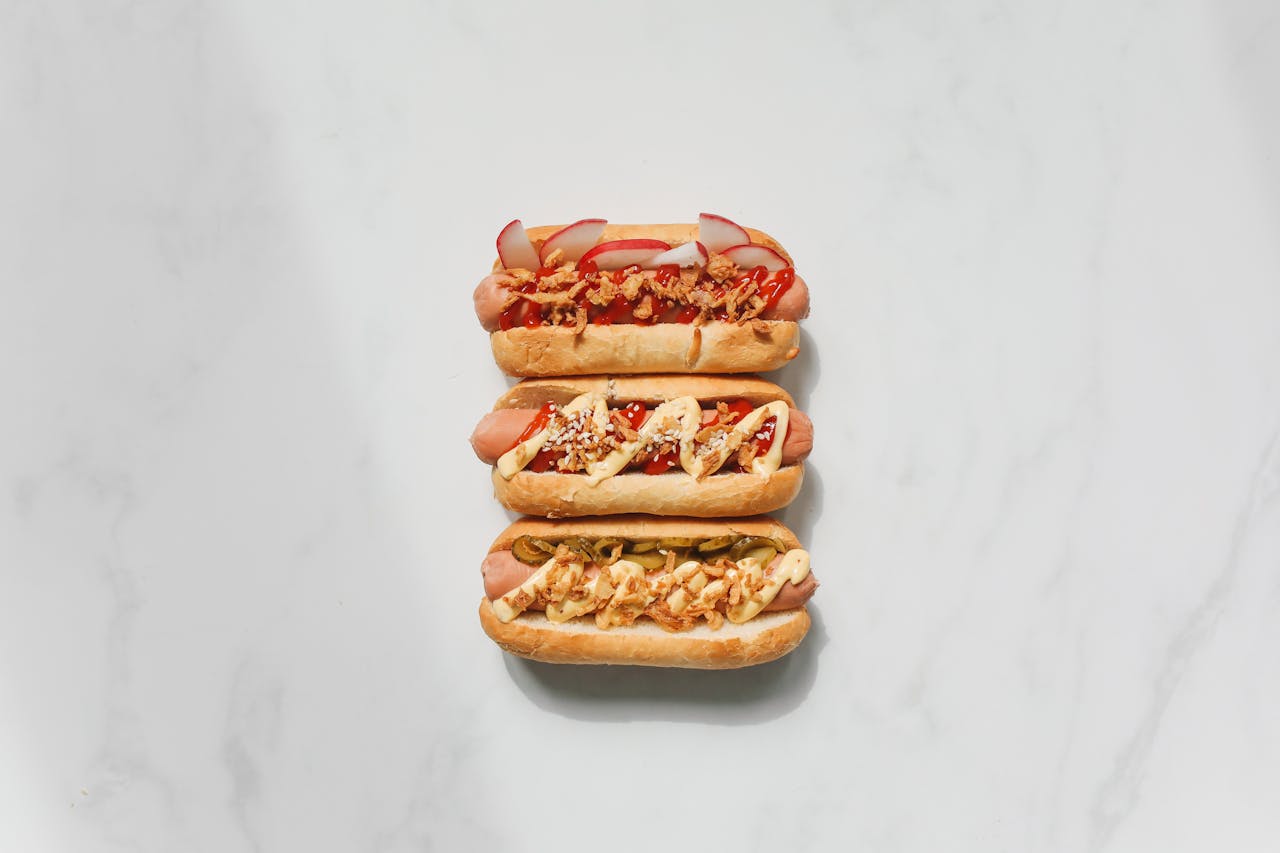
The hot dog, now fused with stadium seats and July fireworks, began with German sausages brought by immigrants selling frankfurters and wieners on crowded city streets. Serving them in soft rolls made the food portable, perfect for parks and ballgames. Regional styles layered on chili, relish, mustard, and slaw until the snack felt locally born. What started as familiar comfort from Europe turned into a ritual for summer, spectacle, and shared celebration.
The Hamburger
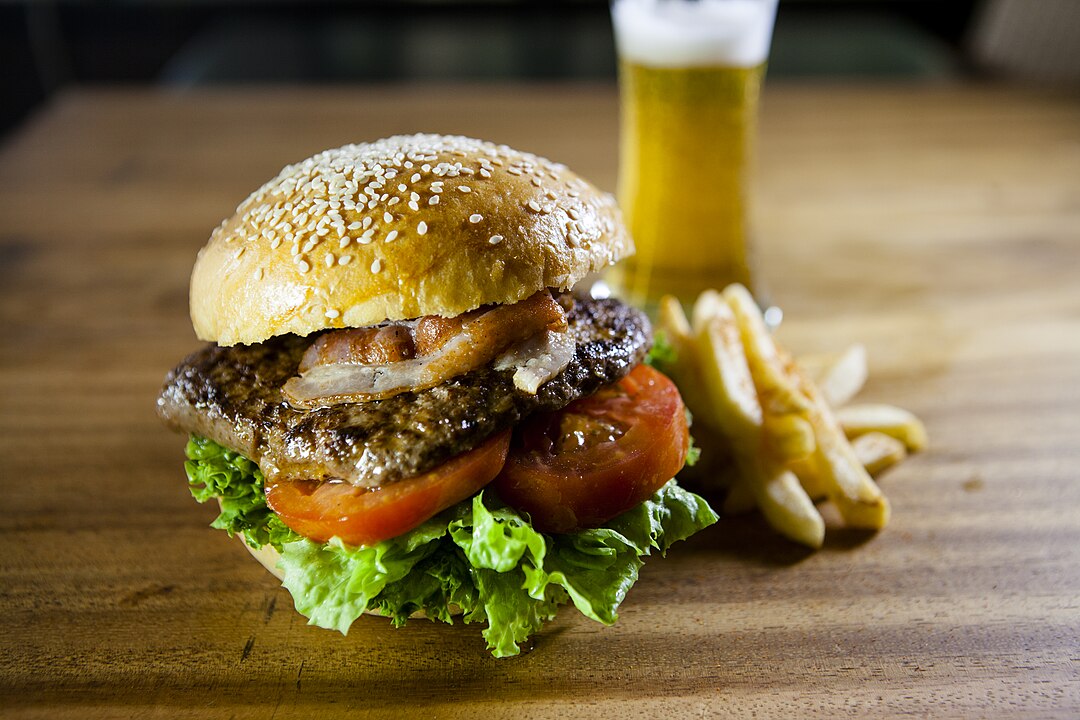
The hamburger traces its name and early patty style to Hamburg, where minced beef with seasoning was already part of everyday menus. German migrants carried that taste across the Atlantic, and cooks in U.S. port towns began serving patties on bread to workers needing quick, hearty meals. World fairs, roadside stands, diners, and drive ins scaled it into a national habit, until that European idea read as pure American comfort, choice, and confidence.
The Dollar Sign
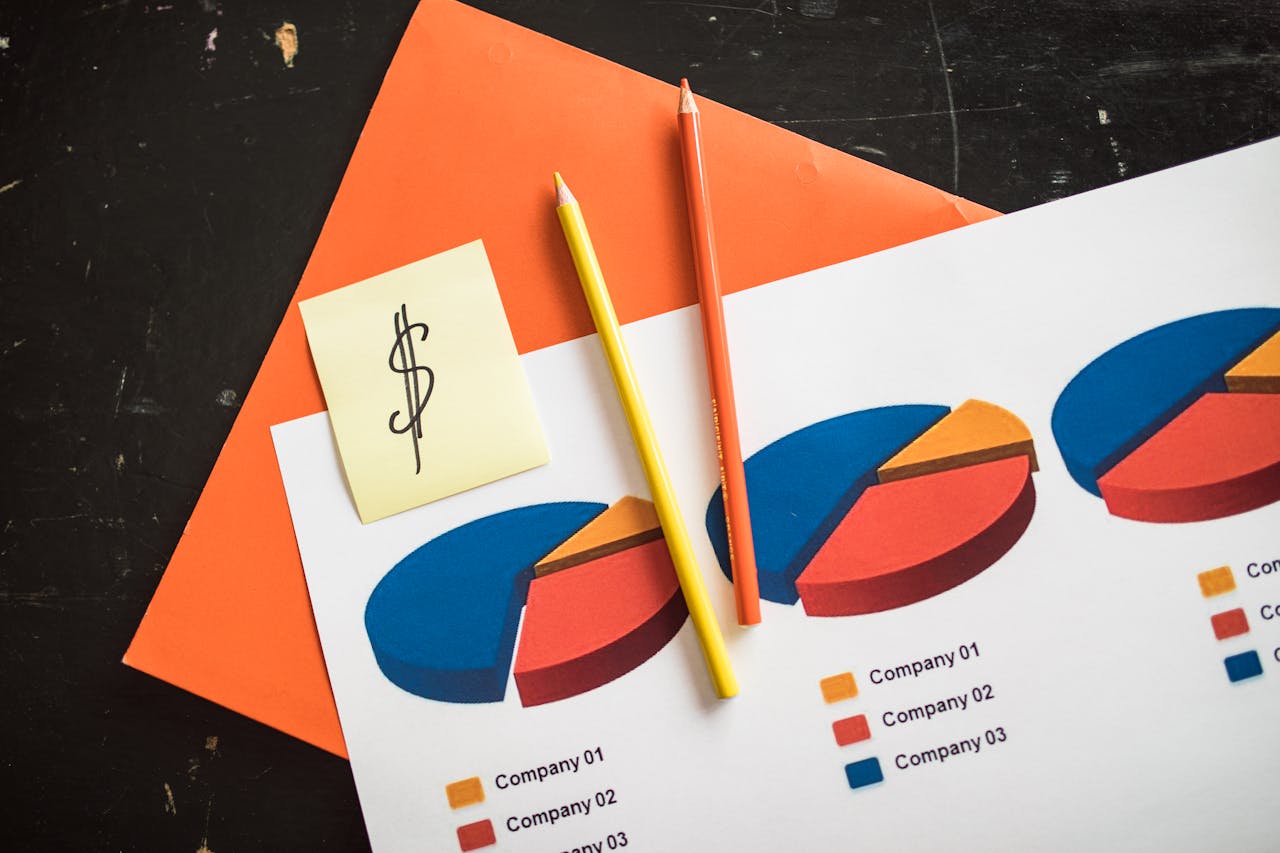
The dollar sign, splashed across storefronts and stock tickers, likely grew from symbols for the Spanish peso that circulated in the Americas before federal currency. Overlapping letters and stylized pillars from colonial coins slowly simplified into the mark now linked to U.S. money and power. As Spanish silver faded, the sign stayed and shifted allegiance, turning a shared Atlantic symbol into a condensed image of American capitalism, anxiety, and ambition.
